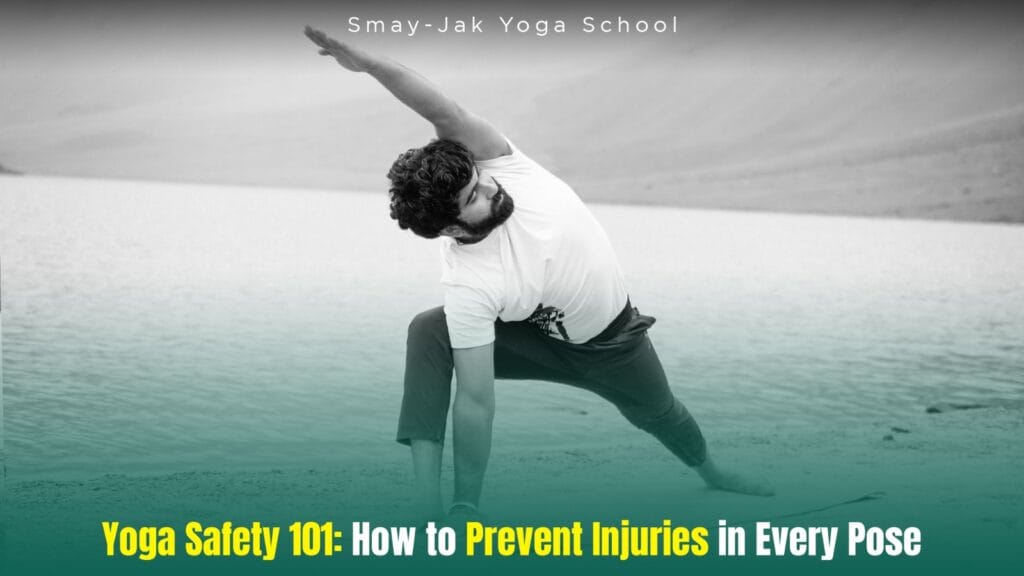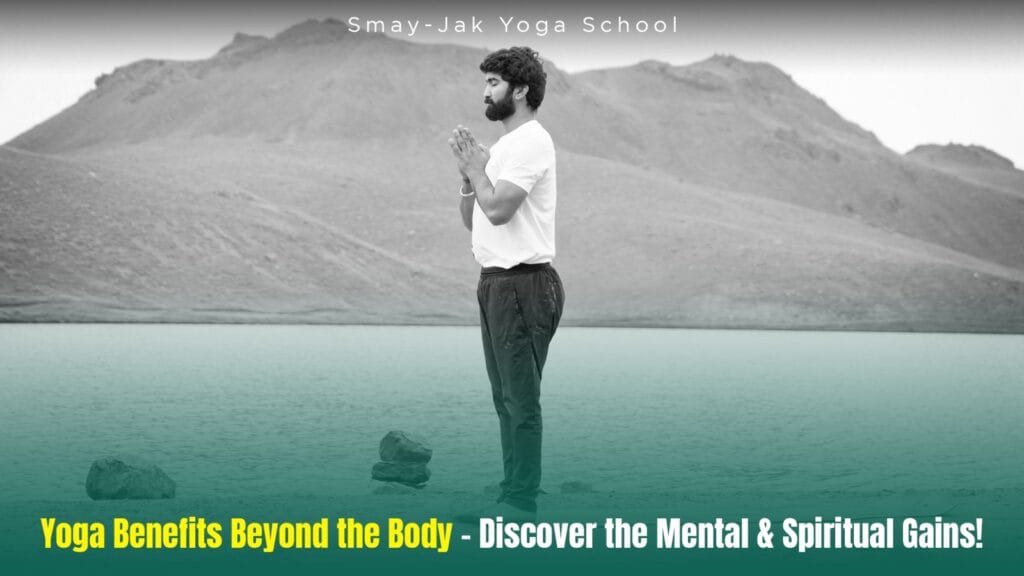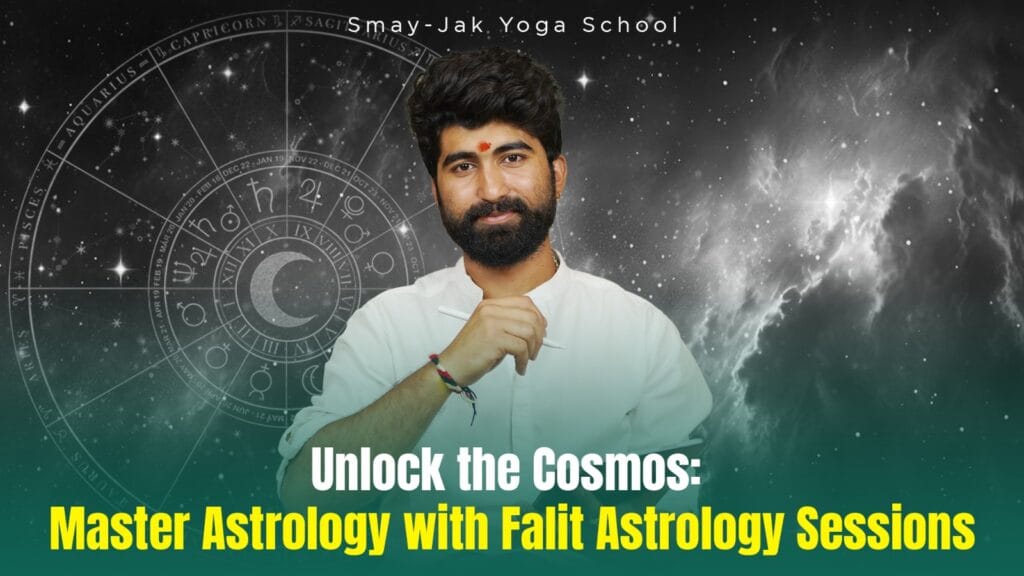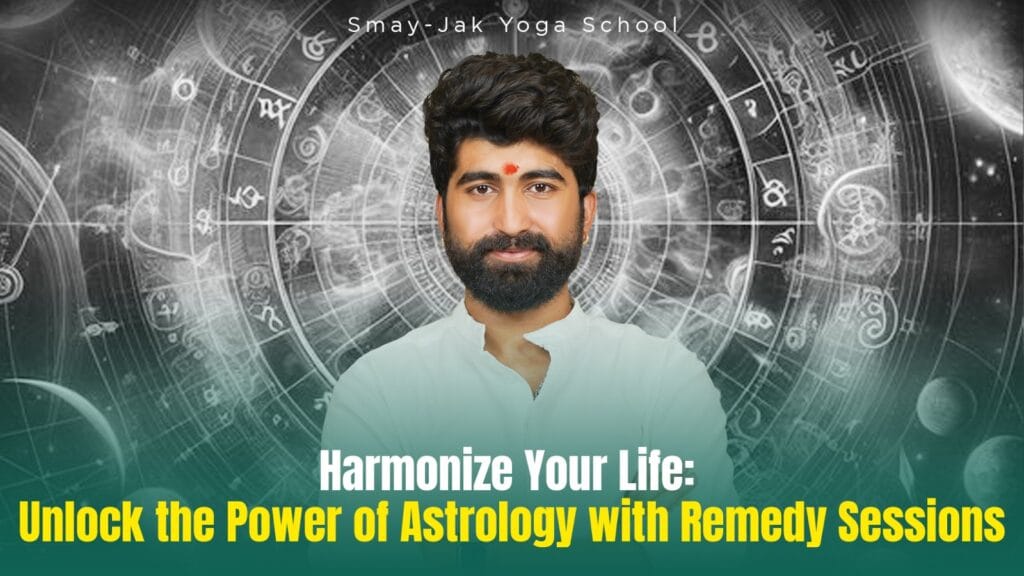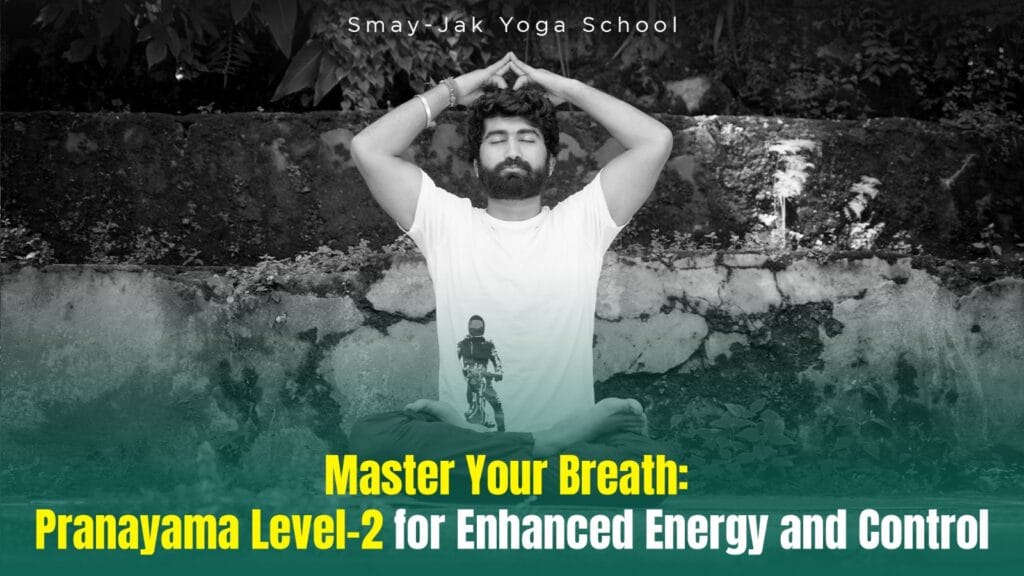Yoga Safety 101: How to Prevent Injuries in Every Pose
Yoga, a practice designed for inner journey and self-discovery, has, unfortunately, become a source of injuries for many today. In our eagerness to excel in asanas, we often overlook the importance of safety and mindful practice. This article will guide you through the essential aspects of yoga safety, from preparation and movement to breathing and counter-poses, to help you practice injury-free. 1. Understand Your Body’s Limits Every pose in yoga requires careful alignment and awareness of your body’s limitations. Ignoring these limits can lead to irreversible injuries, especially in sensitive areas like the shoulders and cervical spine. For example, poses like Sarvangasana (Shoulder Stand) require substantial strength and control in the shoulder and cervical region. If there is any compression or discomfort, it can worsen without proper technique. Solution: Before attempting any intense posture, engage in a thorough warm-up. For Sarvangasana, ensure your shoulders and neck are relaxed and mobile to handle the pose safely. 2. Slow Transitions in and Out of Poses Entering and exiting poses too quickly is a common cause of injuries. Many injuries happen when transitioning abruptly, especially in poses that place pressure on the joints or spine. Safe Practice: Instead of jumping into poses, practice gradual transitions. In Sarvangasana, for instance, start by lifting your legs to 30 degrees, then to 90 degrees, and slowly progress into the full pose. When coming out, reverse each step carefully. This measured approach protects your joints and prevents injuries. 3. Use Counter Poses Counter poses are essential for balancing the body’s alignment and releasing any residual tension from intense stretches. For example, after performing a deep twist on one side, it’s beneficial to counter it with a twist on the opposite side. Counter Pose Example: If you perform a deep backbend like Chakrasana (Wheel Pose), follow up with a forward bend to relax the spine. Properly executed counter poses bring balance to your body, preventing muscle strain and maintaining flexibility. 4. Emphasize Breath Control Breathing is the anchor in every yoga pose, bringing stability and calmness. Many practitioners overlook proper breathing techniques, which can lead to increased heart rate, stress, and even light-headedness during complex poses. Focus on Breath: Practice steady and controlled breaths to maintain calmness. For poses like Shirshasana (Headstand), slow breathing helps maintain balance and inner calm, allowing you to hold the pose safely. 5. Avoid Overexertion and External Pressure Pushing yourself too hard or allowing external influences to push you beyond your limits can lead to injury. Listen to your body and avoid forcing yourself into deeper stretches or advanced poses prematurely. Self-Awareness: Respect your body’s capabilities and focus on gradual improvement rather than immediate results. Yoga is not a competition; the journey itself is valuable. By incorporating these safety principles, you can enhance your yoga practice and prevent injuries. Let yoga be a means of healing and self-discovery, not a source of strain. Practice mindfully, respect your body’s limits, and enjoy the journey of each pose.
Yoga Safety 101: How to Prevent Injuries in Every Pose Read More »
